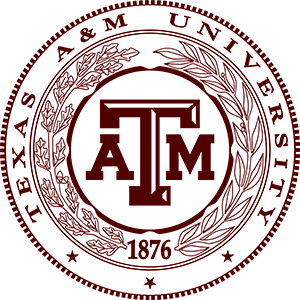Staining is an auxiliary technique used in microscopic techniques to enhance the clarity of the microscopic image. Stains and dyes are widely used in the scientific field to highlight the structure of the biological specimens, cells, tissues etc.
The Ziehl-Neelsen staining technique is a differential staining technique that was initially developed by Ziehl and modified later by Neelsen, hence the name Ziehl-Neelsen stain. The ziehl-neelsen stain color is red.
Neelsen used carbol-fuschin from Ziehl’s experiment, with heat and added a decolorizing agent using acid-alcohol and a counterstain using methylene blue dye, thus developing the Ziehl-Neelsen Technique of staining.
The use of acid-alcohol in the technique earned it the name Acid-Fast Stain and the application of heat in the technique gives it the name the hot method of Acid-Fast staining which is a synonymous name for the Ziehl-Neelsen Staining technique.
Ziehl-Neelsen staining technique is used on microorganisms that are not easily stained by basic stains such as Negative staining or Gram staining. One of the most complex micro-organisms that require harsh treatment of the Ziehl-Neelsen compounds is the Mycobacterium spp.
Mycobacterium, Actinomycetes, Norcadia, Isospora, Cryptosporidium, and some fungi contain a thick cell wall made up of lipoidal complexes known as mycolic acid.
Mycolic acid is difficult to stain and therefore simple stains like gram staining can not penetrate the thick cell wall of these organisms.
They require harsher treatments to allow stain penetration for identification and examination and hence the use of the Ziehl-Neelsen or the hot method of Acid-fast stain.



















